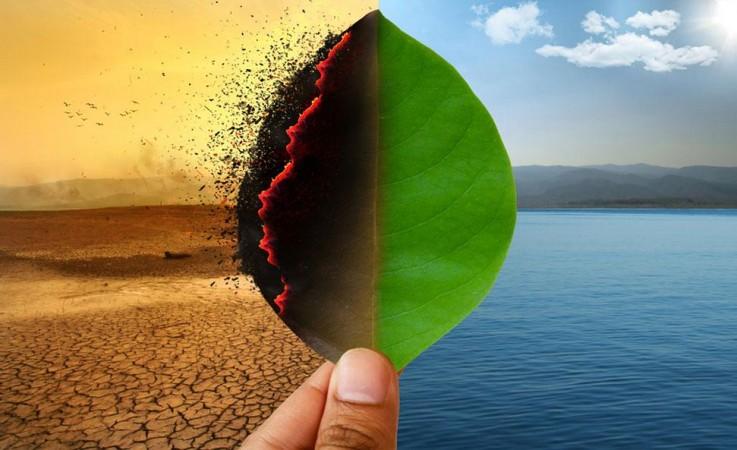Environmentalists are worried as Kargil, one of the districts of the cold desert of Ladakh recorded 37.3 degrees Celsius temperature on Sunday. Kargil recorded the highest temperature in all 22 districts of the two Union Territories of Jammu-Kashmir and Ladakh. Even the temperature of Jammu, which is the hottest place in both the UTs, is less than Kargil.
Environmentalists have reason to be worried because the temperature of Jammu and Srinagar-the two capital cities of UT of J&K, is almost the same on Sunday.

It's a matter of concern, say experts
Dr. Vivak Arya, a scientist working in the field of climate change and natural resources management at Sher-e-Kashmir University of Agricultural Sciences and Technology (SKUAST) Jammu observed that this is a worrying trend. "Temperature of Kargil in July is unusual," Arya told International Business Times, adding," temperature is increasing in the areas which usually witness pleasant weather in July and August," said Dr. Vivak M. Arya.

"We have entered into an era of climate change. It's high time for all Himalayan regions to implement Gross Environment Product (GEP) instead of GDP", Arya argued, adding, "J&K and Ladakh are highly sensitive regions and we cannot afford to adopt a casual approach to maintain ecological balance".
Extreme weather events are going to occur after repeated intervals
A study, published in the journal Climatic Change on July 29, predicted the impact of future climate change in the Jammu, Kashmir, and Ladakh Himalaya, by the end of the twenty-first century using an ensemble of 11 models under three greenhouse gas emission scenarios.
"Events of the heatwave are going to be increased in the coming years", Dr. Arya said, adding, "Climate change has a part to play in making this heat-wave hotter and more likely the spell in coming years will increase"
MeT issues weather advisory
The Meteorological department has already issued a weather advisory for heavy rains and thunder with lightning in Jammu and Kashmir.
The advisory letter directed to the concerned Divisional Commissioners of Jammu and Kashmir in this regard mentioned that lower and middle-level troposphere winds from the Arabian sea are most likely to interact with easterly winds (from the Bay of Bengal) from 18th to 21 July.
The letter added that the process is most likely to cause widespread heavy to very heavy rain, thunder with lightning at most places of Jammu mainly in Pirpanjal range and plains of Jammu division from 19th to 21st of July moderate to heavy rain at many areas.
Kargil burns at a high temperature of 37.3°C, Srinagar and Kupwara record highest July temperature since 2014
— Kashmir Weather (@Kashmir_Weather) July 18, 2021
Maximum Temperatures Recorded Today
Srinagar = 35.0°C
Qazigund = 32.0°C
Pahalgam = 30.2°C
Kupwara = 35.3°C
Kokernag = 31.8°C
Gulmarg = 24.0°C
Anantnag = 32.8°C
?

















